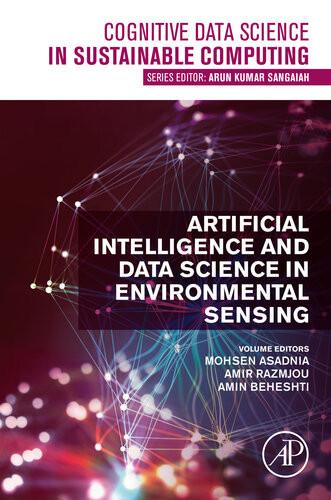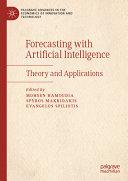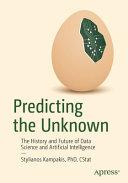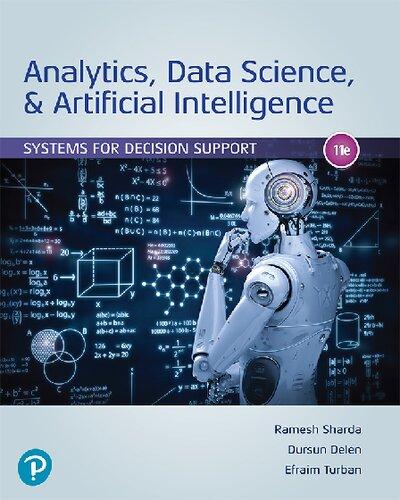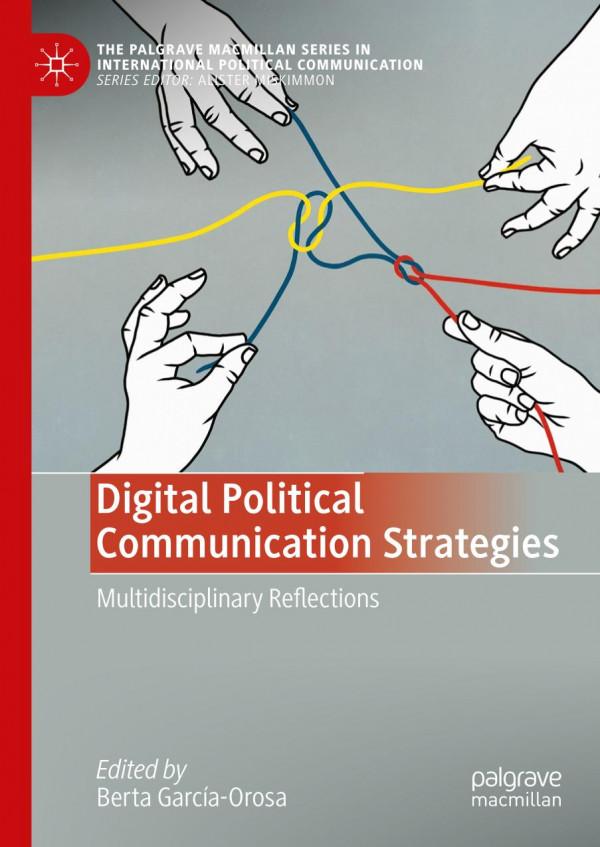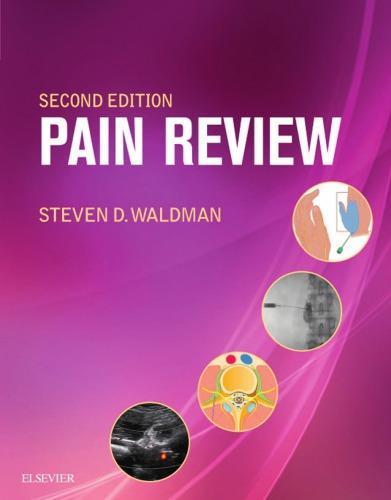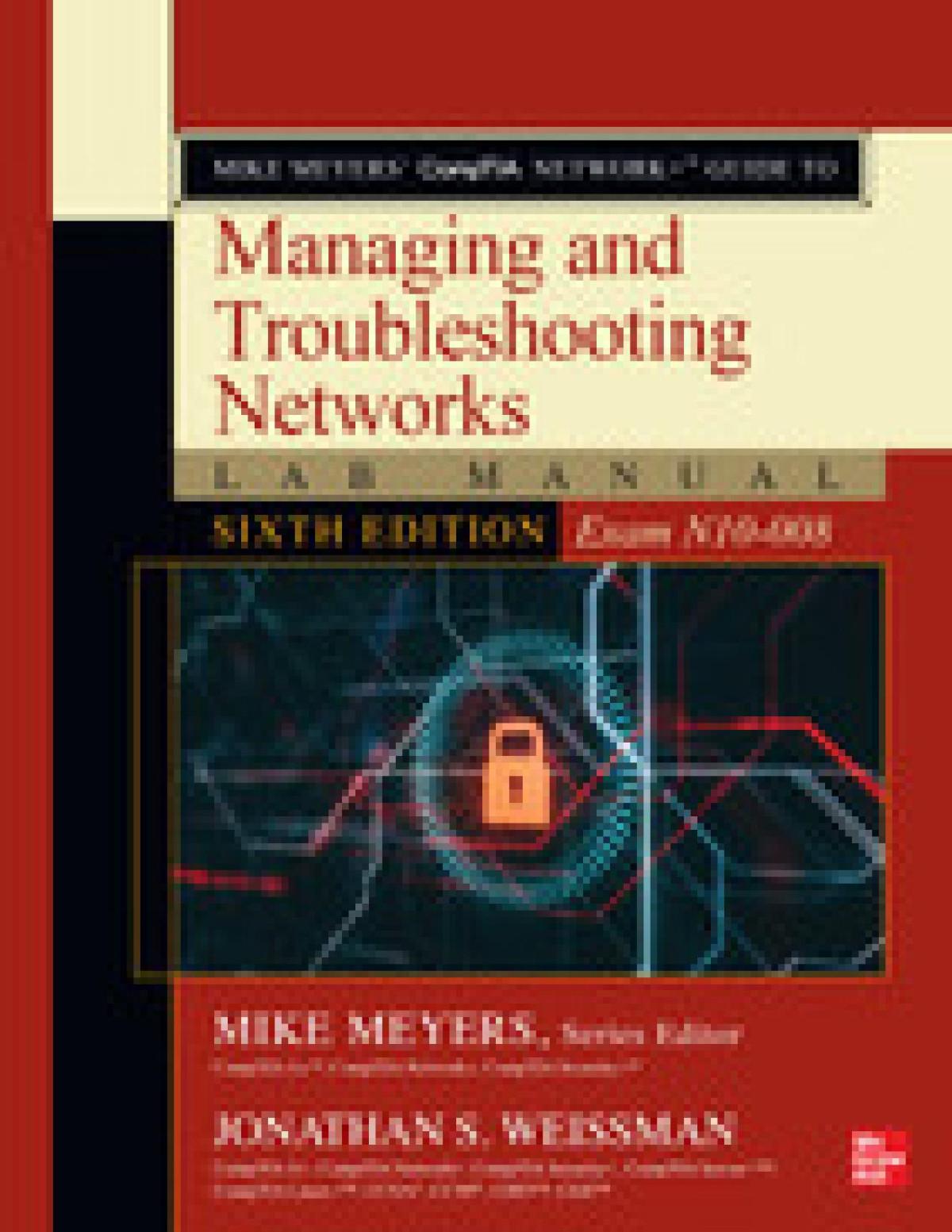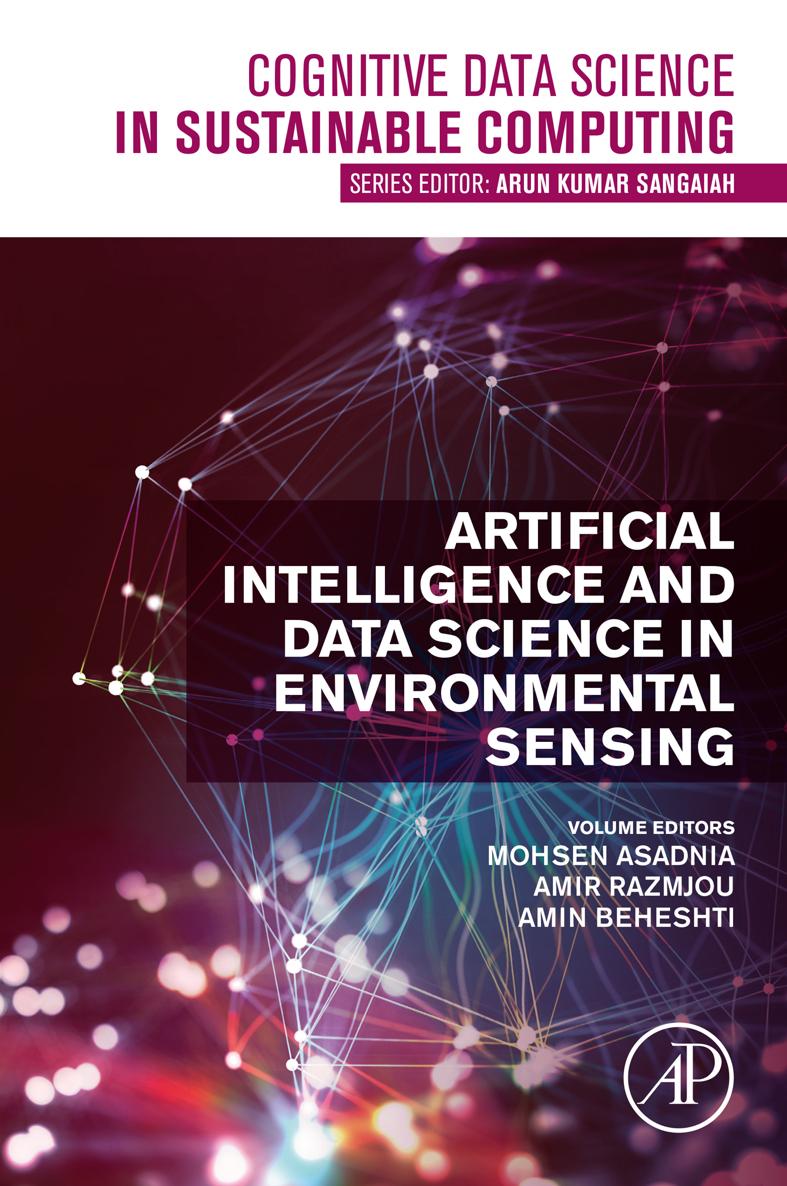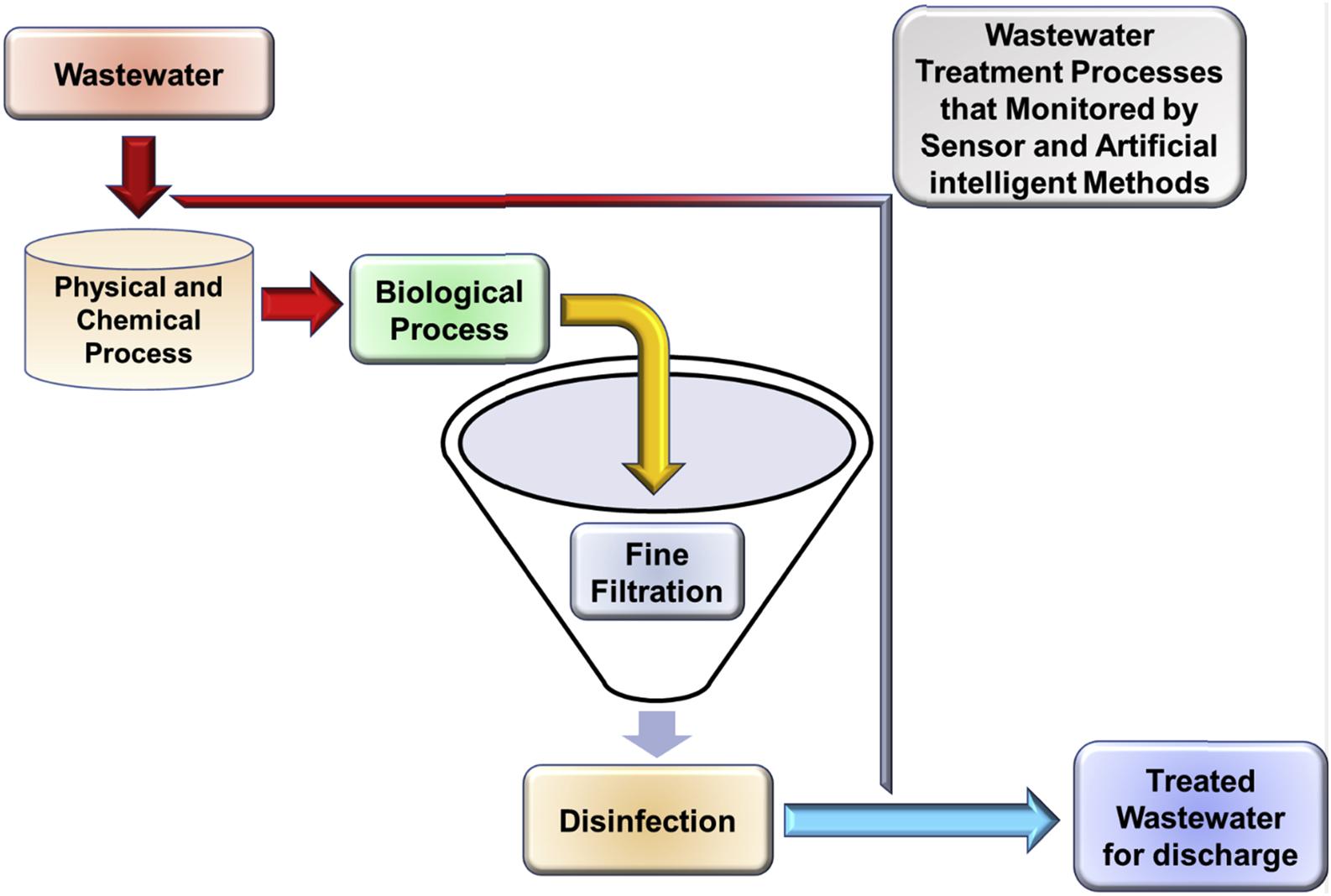Table of Contents
Cover image
Title page
Copyright
Contributors
Editor Bio
Preface
Chapter 1. Smart sensing technologies for wastewater treatment plants
1. Introduction
2. Online estimation
3. Fault detection and diagnostics
4. Multivariate analysis models
5. Conclusion and future direction
Chapter 2. Advancements and artificial intelligence approaches in antennas for environmental sensing
1. Printed antennas for wireless sensor networks
2 Printed antenna sensors for material characterization
3. Epidermal antenna for unobtrusive human-centric wireless communications and sensing
4. Artificial intelligence in antenna design
Chapter 3. Intelligent geo-sensing for moving toward smart, resilient, low emission, and less carbon transport
1. Introduction
2. The role of transport in the economy and environment
3. Geo-sensing; evolution in the geography
4. Geographic Information System as a revolution or/and an evolution
5. Geo-sensing for moving toward eco-routing and low-emission transport
6. Intelligent geo-sensing and AI as a new window to the future
7. Conclusion
Chapter 4. Language of response surface methodology as an experimental strategy for electrochemical wastewater treatment process optimization
1. Introduction
2. Strategy of response surface methodology
3. Practical application of RSM in electrochemical processes for wastewater treatment
4 Merits and demerits of RSM
5. Conclusions
Chapter 5. Artificial intelligence and sustainability: solutions to social and environmental challenges
1. Introduction
2. AI and social change: the case of food and garden waste management
3. AI and ecosystem services: insights into bushfire management and renewable energy production
4. Challenges of using AI to achieve sustainability
5. Implications and conclusion
Chapter 6. Application of multi-criteria decision-making tools for a site analysis of offshore wind turbines
1. Decision-making in renewable energy investments
2. Decision-making tools on the development and design of offshore wind power farms
3. Background of multiattribute decision-making tools
4. Background of multiobjective problems in offshore and wind farms
Chapter 7. Recent advances of image processing techniques in agriculture
1. Introduction
2 Application in plants detection
3. Application in livestock recognition
4. Application in fruits and vegetables recognition
5 Conclusion
Chapter 8. Tuning swarm behavior for environmental sensing tasks represented as coverage problems
1 Introduction
2. Preliminaries
3. System design: swarming for coverage tasks
4 Experimental analysis
5. Conclusions and future work
Appendix
Chapter 9. Machine learning applications for developing sustainable construction materials
1. Introduction
2 Prediction
3. Damage segmentation and detection
4. Mixture design
5. Multiobjective optimization
6. Conclusions
Chapter 10. The AI-assisted removal and sensor-based detection of contaminants in the aquatic environment
1. Introduction
2. AI-assisted techniques for PFAS detection and removal
3. Sensors for detection of PFAS
4. Biosensors
5. Disinfection by-products
6. AI-assisted techniques for removal of heavy metal
Chapter 11. Recent progress in biosensors for wastewater monitoring and surveillance
1. Introduction
2. Principles and working of BES as a biosensor
3. Biosensor for various pollutant monitoring
4. Photoelectrochemical biosensors
5. Biosensors as a perspective to monitor infectious disease outbreak
6. Conclusions, future trends, and prospective of biosensors
Chapter 12. Machine learning in surface plasmon resonance for environmental monitoring
1. Introduction
2 Surface plasmon resonance
3. Environmental hazard monitoring by SPR
4. Machine learning algorithms in SPR
5 Applications of ML in SPR
6. Conclusion and future perspectives Index
Copyright
Academic Press is an imprint of Elsevier
125 London Wall, London EC2Y 5AS, United Kingdom
525 B Street, Suite 1650, San Diego, CA 92101, United States
50 Hampshire Street, 5th Floor, Cambridge, MA 02139, United States
The Boulevard, Langford Lane, Kidlington, Oxford OX5 1GB, United Kingdom
Copyright © 2022 Elsevier Inc. All rights reserved.
No part of this publication may be reproduced or transmi�ed in any form or by any means, electronic or mechanical, including photocopying, recording, or any information storage and retrieval system, without permission in writing from the publisher. Details on how to seek permission, further information about the Publisher’s permissions policies and our arrangements with organizations such as the Copyright Clearance Center and the Copyright Licensing Agency, can be found at our website: www.elsevier.com/permissions.
This book and the individual contributions contained in it are protected under copyright by the Publisher (other than as may be noted herein).
Notices
Knowledge and best practice in this field are constantly changing. As new research and experience broaden our understanding, changes in research methods, professional practices, or medical treatment may become necessary.
Practitioners and researchers must always rely on their own experience and knowledge in evaluating and using any information, methods, compounds, or experiments described herein. In using such information or methods they should be mindful of their own safety and the safety of others, including parties for whom they have a professional responsibility.
To the fullest extent of the law, neither the Publisher nor the authors, contributors, or editors, assume any liability for any injury and/or damage to persons or property as a ma�er of products liability, negligence or otherwise, or from any use or operation of any methods, products, instructions, or ideas contained in the material herein.
Library of Congress Cataloging-in-Publication Data
A catalog record for this book is available from the Library of Congress
British Library Cataloguing-in-Publication Data
A catalogue record for this book is available from the British Library
ISBN: 978-0-323-90508-4
For information on all Academic Press publications visit our website at h�ps://www.elsevier.com/books-and-journals
Publisher: Mara Conner
Editorial Project Manager: Joshua Mearns
Production Project Manager: Omer Mukthar
Cover Designer: Ma�hew Limbert
Typeset by TNQ Technologies
Contributors
Rouzbeh Abbassi, School of Engineering, Faculty of Science and Engineering, Macquarie University, Sydney, NSW, Australia
Shadi Abpeikar, School of Engineering and Information Technology, University of New South Wales, Canberra, ACT, Australia
Hossein Adel, School of Civil Engineering, Iran University of Science and Technology, Tehran, Iran
Sreenatha Anava�i, School of Engineering and Information Technology, University of New South Wales, Canberra, ACT, Australia
Ivan Bakhshayeshi
School of Computing, Macquarie University, Sydney, NSW, Australia
Faculty of Science and Engineering, Macquarie University, Sydeny, NSW, Australia
Nima Bayat-Makou, The Edward S. Rogers Sr., Department of Electrical and Computer Engineering, University of Toronto, Toronto, ON, Canada
Amin Beheshti, School of Computing, Macquarie University, Sydney, NSW, Australia
Rhiannon Blake, School of Geography, Earth, and Environmental Sciences, University of Birmingham, Birmingham, United Kingdom
Bahareh Dabirmanesh, Department of Biochemistry, Faculty of Biological Sciences, Tarbiat Modares University, Tehran, Iran
Eila Erfani, Faculty of Engineering and Information Technology, University of Technology Sydney, Sydney, NSW, Australia
Milad Rabbabni Esfahani, Department of Chemical and Biological Engineering, The University of Alabama, Tuscaloosa, AL, United States
Karu P. Esselle, School of Electrical and Data Engineering, University of Technology Sydney (UTS), Sydney, NSW, Australia
Zahra Falahati, Department of Biological Sciences, Institute for Advanced Studies in Basic Sciences (IASBS), Zanjan, Iran
Helia Farhood, School of Computing, Macquarie University, Sydney, NSW, Australia
Vikram Garaniya, Australian Maritime College, College of Sciences and Engineering, University of Tasmania, Launceston, TAS, Australia
Ma�hew Garra�, School of Engineering and Information Technology, University of New South Wales, Canberra, ACT, Australia
Omid Ghaffarpasand, School of Geography, Earth, and Environmental Sciences, University of Birmingham, Birmingham, United Kingdom
Ebrahim Ghasemy, Centre Énergie Matériaux Télécommunications, Institut National De La Recherché, Varennes, QC, Canada
A. Yagmur Goren, Department of Environmental Engineering, Izmir Institute of Technology, Urla, Izmir, Turkey
Supriya Gupta
Environment and Sustainability Department, CSIR-Institute of Minerals and Materials Technology, Bhubaneswar, Odisha, India Academy of Scientific and Innovative Research (AcSIR), CSIRHuman Resource Development Centre, CSIR-HRDC Campus, Ghaziabad, India
Asghar Habibnejad Korayem, School of Civil Engineering, Iran University of Science and Technology, Tehran, Iran
Bavly Hanna, Faculty of Engineering and Information Technology, University of Technology Sydney, Sydney, NSW, Australia
Ahmad Hosseinzadeh, Centre for Technology in Water and Wastewater, University of Technology Sydney, Sydney, NSW, Australia
Majid Ilchi Ghazaan, School of Civil Engineering, Iran University of Science and Technology, Tehran, Iran
Ahmad Miri Jahromi
Computational Biology and Chemistry Group (CBCG), Universal Scientific Education and Research Network (USERN), Tehran, Iran Department of Petroleum Engineering, Amirkabir University of Technology (Tehran Polytechnic), Tehran, Iran
Alexandros Karatopouzis, Faculty of Engineering and Information Technology, University of Technology Sydney, Sydney, NSW, Australia
Elika Karbassiyazdi, Centre for Technology in Water and Wastewater, University of Technology Sydney, Sydney, NSW, Australia
Kathryn Kasmarik, School of Engineering and Information Technology, University of New South Wales, Canberra, ACT, Australia
Khosro Khajeh, Department of Biochemistry, Faculty of Biological Sciences, Tarbiat Modares University, Tehran, Iran
Md Mohiuddin Khan, School of Engineering and Information Technology, University of New South Wales, Canberra, ACT, Australia
Alireza Khataee
Department of Environmental Engineering, Gebze Technical University, Gebze, Turkey
Research Laboratory of Advanced Water and Wastewater Treatment Processes, Department of Applied Chemistry, Faculty of Chemistry, University of Tabriz, Tabriz, Iran
Mohammad Khedri, Computational Biology and Chemistry Group (CBCG), Universal Scientific Education and Research Network (USERN), Tehran, Iran
Ahmed A. Kishk, The Department of Electrical and Computer Engineering, Concordia University, Montreal, QC, Canada
Ali Lalbakhsh
The School of Engineering, Macquarie University, Sydney, NSW, Australia
School of Electrical and Data Engineering, University of Technology Sydney (UTS), Sydney, NSW, Australia
Reza Maleki
Computational Biology and Chemistry Group (CBCG), Universal Scientific Education and Research Network (USERN), Tehran, Iran
Department of Chemical Engineering, Shiraz University, Shiraz, Iran
Yamini Mi�al
Environment and Sustainability Department, CSIR-Institute of Minerals and Materials Technology, Bhubaneswar, Odisha, India
Academy of Scientific and Innovative Research (AcSIR), CSIRHuman Resource Development Centre, CSIR-HRDC Campus, Ghaziabad, India
Sweta Modak, Department of Chemical and Biological Engineering, The University of Alabama, Tuscaloosa, AL, United States
Masoud Mohseni-Dargah
Department of Biochemistry, Faculty of Biological Sciences, Tarbiat Modares University, Tehran, Iran
School of Engineering, Macquarie University, Sydney, NSW, Australia
Hadi Mokarizadeh, Department of Chemical Engineering, Amirkabir University of Technology, Tehran, Iran
Parisa Nasrollahi, Department of Nanobiotechnology, Faculty of Biological Sciences, Tarbiat Modares University, Tehran, Iran
Arman Nedjati, Industrial Engineering Department, Quchan University of Technology, Quchan, Iran
Matineh Pooshideh, School of Computing, Macquarie University, Sydney, NSW, Australia
Yaşar K. Recepoğlu, Department of Chemical Engineering, Izmir Institute of Technology, Urla, Izmir, Turkey
Nabi Rezvani, School of Computing, Macquarie University, Sydney, NSW, Australia
Roy B.V.B. Simorangkir, Tyndall National Institute, Cork, Ireland
Pratiksha Srivastava, Australian Maritime College, College of Sciences and Engineering, University of Tasmania, Launceston, TAS, Australia
Firouzeh Taghikhah
College of Asia and the Pacific, Australian National University, Canberra, ACT, Australia
Faculty of Engineering and Information Technology, University of Technology Sydney, Sydney, NSW, Australia
Sara Tayari, Faculty of Engineering and Information Technology, University of Technology Sydney, Sydney, NSW, Australia
Phi Vu Tran, School of Engineering and Information Technology, University of New South Wales, Canberra, ACT, Australia
Mohammad Yazdi
Centre for Risk, Integrity, and Safety Engineering (C-RISE), Faculty of Engineering and Applied Science, Memorial University of Newfoundland, St. John's, NL, Canada
School of Engineering, Faculty of Science and Engineering, Macquarie University, Sydney, NSW, Australia
Esmaeil Zarei, Centre for Risk, Integrity, and Safety Engineering (C-RISE), Faculty of Engineering and Applied Science, Memorial University of Newfoundland, St. John's, NL, Canada

